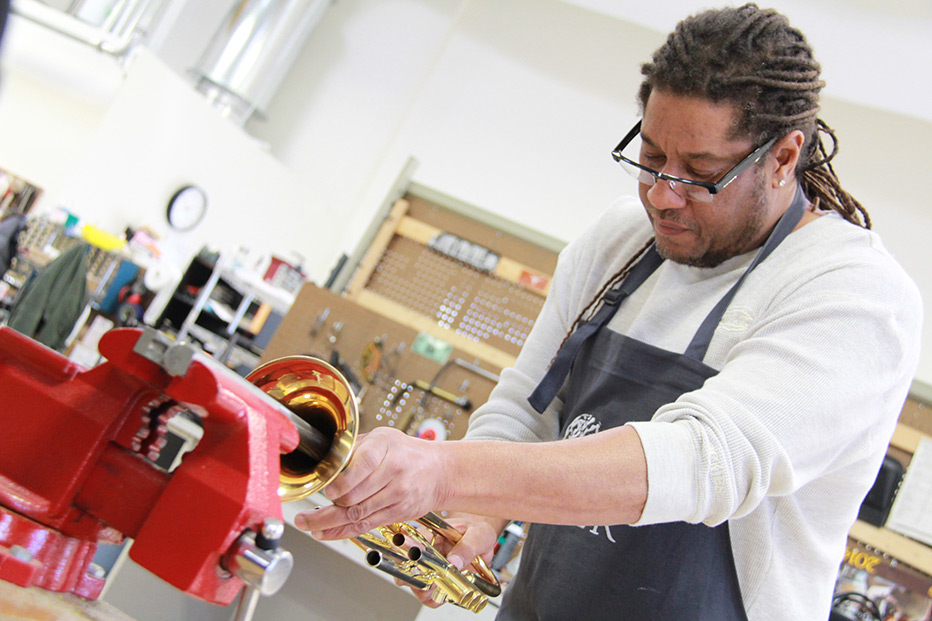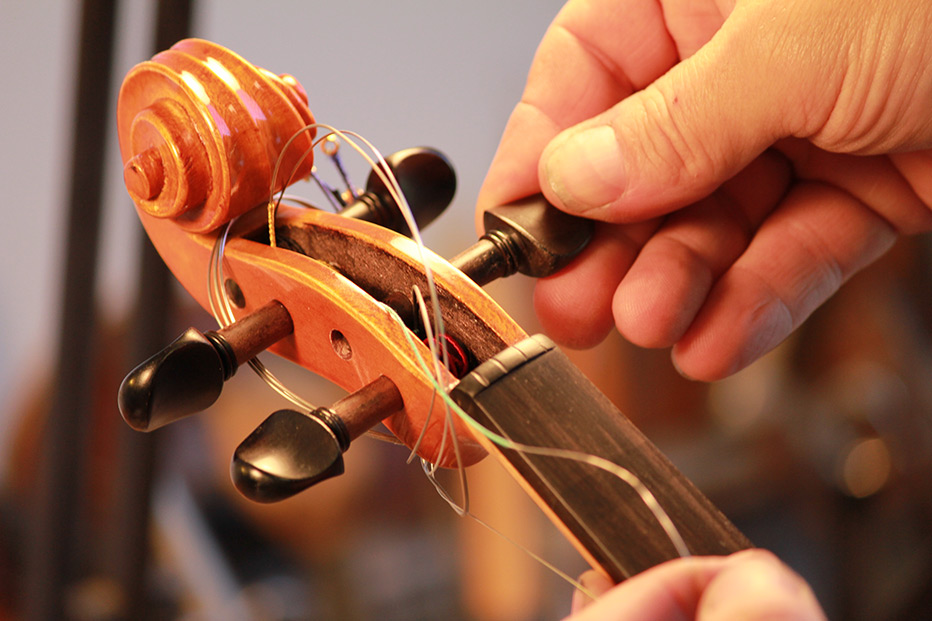April 09, 2015
Tips & Advice for New Trombonists


Learning how to play the tuba is a fun and exciting time in your child’s life, filled with memories that they’ll cherish for years to come. While music comes to naturally to some, you can’t expect your child to become a master overnight- learning how to play the trombone beyond a beginner level takes years of practice and dedication. Whether your child has never played an instrument before or is switching from another instrument to the trombone, there are a few things they should keep in mind throughout the process. From practicing without the trombone to learning proper assembly, here are some tips and tricks every new trombonist should keep in mind.
Practice Without the Trombone
As crazy as it may sound, your child can start practicing the trombone before they ever take it out of the case. How? By getting their lips ready to play the instrument with some special exercises. For the first exercise, have your child say the latter “m” and stop when they say the “mmm” part, almost as if they’re humming. What this does is get them used to the natural position their lips will be in when they lay. Next, have them hum and blow at the same time. By this time, they should be making a buzzing sound. Referred to as embouchure, your child will learn proper lip placement during this exercise. Once they’re able to make this sound without trouble, it’s time for them to try making the sound with the mouthpiece.
Buy the Right Accessories
Unlike instruments like the piano, there are a variety of accessories a trombonist should carry with them at all times. Although the list will vary depending on who you ask, here’s a list of the absolute essentials: a metronome, tuner, mouthpiece brush, lubricants, a tuner, a music stand, and a case. As a parent, you should also encourage your child to carry toothpaste and a toothbrush in their case so they can brush their teeth before they practice or play the trombone. If they don’t get into the habit of brushing their teeth before playing, it’s only a matter of time until food particles build up and start to decay. The last thing you want is for a strong stench to permeate from the mouthpiece of your child’s trombone.
Wet vs. Dry Lips
Many new trombone players aren’t sure if their lips should be wet or dry during play. Ultimately, both ways are correct and it’s purely a matter of preference. Dry lips will stick to the mouthpiece better, and prevent slipping a lot less than playing with wet lips. Wet lips, on the other hand, will slide under the mouthpiece where they’ll register more freely. Instead of directing your child to use one or the other, instruct them to try out both. Once they’ve had a chance to play with both wet and dry lips, encourage them to choose the one that feels most comfortable for them. Although some trombone players transition between the two, most prefer either one or the other. As with other aspects of playing the trombone, comfort is key!
Breathing & Posture
Practicing proper breathing and posture are crucial to playing the trombone properly. Before they begin playing, encourage them to sit down and take a few deep breaths. Get them into the habit of breathing slowly and steadily- many new trombone players make the mistake of holding their breath, which can contribute to lightheadedness. As far as posture goes, your child can play the trombone in a standing or sitting position. If they choose to stand, make sure they’re standing up straight and aren’t using a wall or chair for support. If they decide to sit, have them keep their feet flat on the floor and encourage them to sit at the end of their chair. Make sure your child isn’t holding the instrument too tightly, and always encourage them to place their trombone in its case when not in use.
Set a Practice Schedule
This tip isn’t exclusive to the trombone; rather it’s important for all musicians to keep in mind. If you’re learning a new instrument, sticking to a consistent practice routine usually produces the best results. Start with 5-10 minutes of warm-up drills and exercises before turning to sheet music. Always make sure your practice space is free from distraction- no TV, no cell phones, and no friends. To make your practicing as effective as possible, start each session with a distinct goal in mind. Many musicians find that if you practice with a distinct purpose in mind, their time spent practicing is more enjoyable. Finally, don’t count the number of minute you practice. Instead of cutting yourself off after the recommended amount of time, as long as you’re progressing, continue to practice for as long as you’d like. There’s no such thing as too much practicing.
Learn Proper Assembly
Unless you play the trombone yourself, this isn’t something you’ll be able to help your child with directly. Instead, make an appointment at a local brass repair shop or with your child’s music instructor to go over proper assembly and disassembly of the trombone. Many new trombone players don’t know how to take apart their instrument for cleaning and maintenance, and accidentally damage their instrument in the process. The best thing you can do to avoid this is to spend time educating yourself and your child about the different parts of the trombone and how they work together to produce sound. And, if anything seems to be stuck, loose, or broken, don’t attempt to fix it on your own. In most cases, parents unknowingly damage the instrument more when they try to “fix” it themselves.







